
Dramatic architecture by Paris-based architect Didier Poignant has created a spectacular contemporary hotel out of a cognac ageing warehouse
A former warehouse in the heart of the town of Cognac is set to reopen this year as a luxury hotel. Emma Love gets an exclusive preview of the dramatic Hôtel Chais Monnet
It’s no secret that cognac has become cool. Where once the French brandy – determined as such by being made specifically in the Cognac region in southwest France – had a fusty reputation as an old man’s after-dinner tipple of choice, now the 390 cognac houses producing the stuff seemingly can’t make enough of it (the Hennessy label, owned by LVMH, recently opened a new bottling plant to keep up with demand and increase annual production). The fact that it’s a huge hit in China where it’s seen as a status symbol of wealth, and in the US, where it’s synonymous with rap music, are undoubtedly part of the reason why five bottles of the amber-hued spirit are sold every second somewhere in the world. And just as cognac the spirit has gone through a cultural shift, now the historic town where it’s produced is finding itself in the global spotlight, too.
Follow LUX on Instagram: the.official.lux.magazine
Last year Tony Conigliaro, a mixologist and major influence on London’s cocktail scene (he is behind the legendary bar 69 Colebrooke Row) opened Luciole, a bar with a cognac-based cocktail menu and this summer, the game-changing Hôtel Chais Monnet will open its doors in a former cognac warehouse, set in two hectares of land in the centre of town. Backed by British investor Javad Marandi, who is also the owner of the Soho Farmhouse in Oxfordshire, the hotel will house 92 rooms and suites, plus 13 apartments. “Here in the town we’ve been waiting for this for a long time,” said mayor Michel Gourinchas. “We’ve asked ourselves a number of times what we could do with this site and thanks to this hotel we’ll be able to see a reality of what’s possible in a way that’s in the best interests of our town, its inhabitants, and tourists.”


The public areas of the newly designed Hôtel Chais Monnet, such as the spa (top image) and the hallways, combine cool contemporary design with some original features of the former Monnet warehouse
The site itself has a unique history. The original 19th-century property was once owned by cognac trader Antoine de Salignac who, in 1838, founded the Society of Cognac Vine-growers, a community of several hundred small-vine growers who wanted to pool their strength to have sufficient stock to sell at the same time. Towards the end of that century, the shareholders asked Jean-Gabriel Monnet to manage the society and as part of the role, he and his family moved into the stately mansion and warehouse, naming it Chais JG Monnet. His son, also named Jean Monnet, left school aged 16 to follow in his father’s footsteps, travelling to Germany and America to sell cognac. He went on to become a political economist and diplomat, and an influential proponent of European unity (he is considered one of the founding fathers of the European Union). Later, the site was bought by the LVMH group, and then sold back to the town of Cognac in 2006.

The next chapter in the property’s life looks very different – quite literally. Today, Hôtel Chais Monnet comprises seven original and three new buildings, all designed or remodelled by Didier Poignant of Ertim Architects in Paris. Looking at the hotel, what’s perhaps most striking is the way that the old and modern have been fused together, and how cognac references are subtly employed throughout. “I have never worked on, or seen a hotel like this in France,” says Poignant. “Transforming a historic cognac warehouse with such a large site in a town is very rare. For this reason, it is such a special project.”
Read more: Street artist Alec Monopoly on the purpose of art and wearing a disguise
At the heart of the property are a pair of new Les Ceps glass buildings surrounded by a twisting metallic structure inspired by grape vines. These house some of the rooms (the rest are in an original building, where the cognac was once aged) on the upper levels; on the ground floor of one there is a spa and wellness centre with seven treatment rooms, an indoor/ outdoor swimming pool, a hammam, jacuzzi and gym. The third new building is a series of apartments, which can be rented from three nights to a couple of weeks. The former old barrel-repair warehouse has been turned into a jazz bar with vaulted ceilings, Chesterfield sofas and a piano in one corner. As you’d expect, it will be stocked with a large selection of cognacs, from bottles by the small, lesser known houses to the famous Louis XIII from Rémy Martin.

Render of one of the bedrooms
There are two restaurants within the old ‘Chai Cathedral’: a relaxed French brasserie and a more formal fine-dining offering which has old barrels, once used for cognac ageing, at the entrance. The chef chosen to head up the kitchen of the latter is Sébastian Broda, best known for his light, Mediterranean cooking at Michelin-starred Le Park 45 within Le Grand Hotel Cannes. “What matters,” explains hotel director, Arnaud Bamvens, “is that Sébastien Broda is a name of tomorrow. In his kitchen, which upholds a gastronomy of excellence, we can find his humility, his passion for cooking, and his interest in local produce. We want a cuisine of land and sea, rather than one or the other.” The hotel also has a private cinema, cigar lounge, kid’s club, a rooftop garden bar for summer sundowners, and a series of rooms dedicated to re-telling the story of Chais Monnet so far. The multipurpose ballroom (for up to 220 people) and four seminar rooms are suitable for meetings and events.

Render of the glass-encased entrance linking the two original warehouses
Of course, one of the biggest reasons for staying here will be the draw of visiting some of the many cognac houses that are on the doorstep, but the hotel is equally keen to promote the region’s many other attractions. The cobbled streets, the perfectly manicured gardens and traditional architecture, and the Charente river that runs through it, all point to a slower paced, more charmed life.
Read more: andBeyond CEO Joss Kent on creating luxury in the wilderness
“Cognac has a small bar scene but it has a lot of potential,” says Conigliaro, who decided to open a bar in the town with Guillaume Le Dorner, the former bar manager of 69 Colebrook Row, when he returned home to France. It was a smart move, and one that might encourage more drinking of cognac in the town itself (according to figures released in 2016, 97 per cent of cognac is exported, bringing the country 3 billion euros in annual revenue). With the cultural redevelopment of the nearby city of Bordeaux, it means a whole new part of France is opening up to the luxury traveller.

The hotel’s swimming pool and (below) one of the 21 suites that will be available

Four must-visit cognac houses
Meukow
Meukow was founded in 1862 by two brothers, August and Karl Meukow. They first visited Cognac on behalf of the Tsar of Russia, who hired them to buy French brandy supplies for the imperial court at St Petersburg. Look out for Meukow Extra, made from a blend of the very oldest eaux-de-vies in the Paradis Cellar. meukowcognac.com
Domaines Francis Abécassis
Domaines Francis Abécassis is a young cognac house with 220 hectares of vines. It is owned and run by Francis Abécassis and his daughter Elodie, who take a contemporary approach to producing classic cognac, such as in ABK6, blended from a selection of old eaux-de-vies. abecassis-cognac.com
Camus
One of the largest independent, family-owned cognac houses, as well as one of the largest landowners in the sought-after Borderies cru. Headed up by fifth generation owner Cyril Camus, the house recently launched a new addition to its Borderies range, Camus XO Borderies Family Reserve. camus.fr
Otard
Established by Baron Jean-Baptiste Otard in 1795, this house is known for its medieval residence and its distinctive teardrop shaped bottles. The one to buy is Fortis et Fidelis, created in homage to the house’s founder and featuring the Otard coat of arms motif on the bottle. baronotard.com
For more information and updates on Hôtel Chais Monnet visit: chaismonnethotel.com











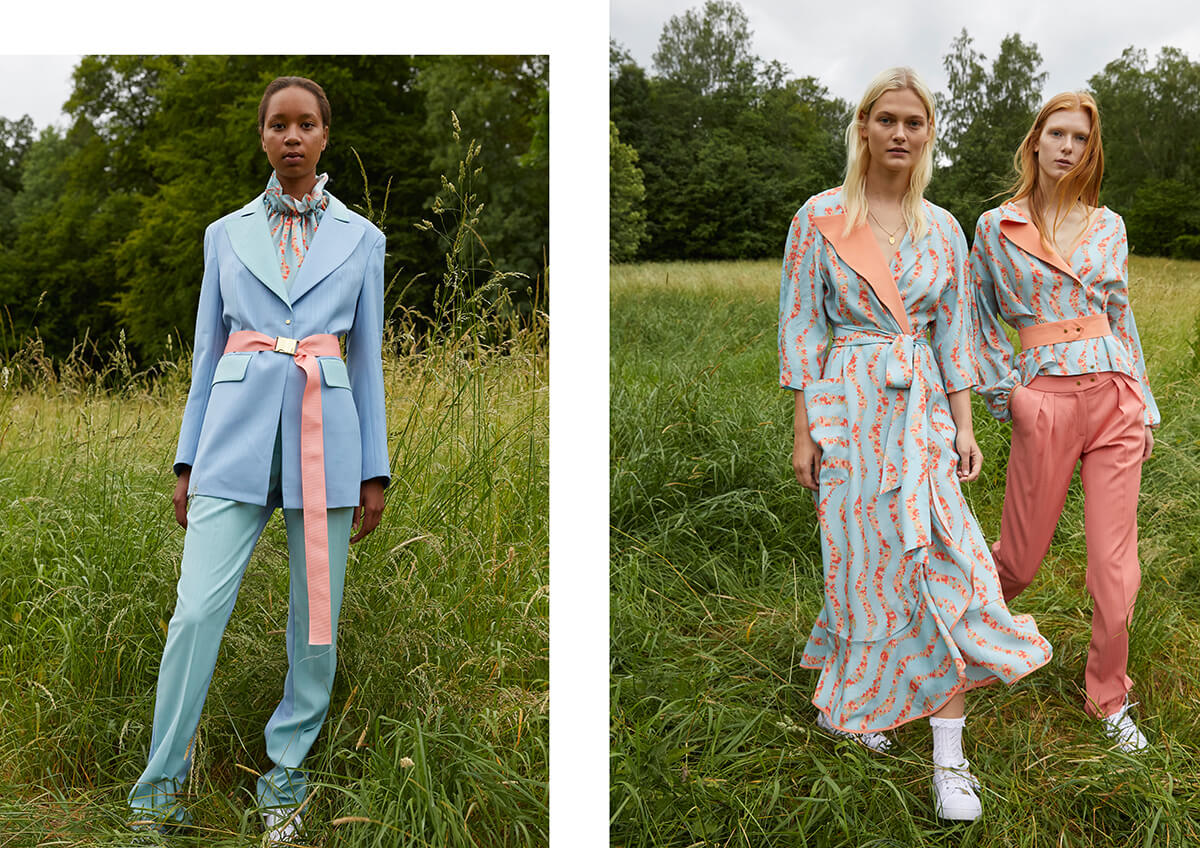

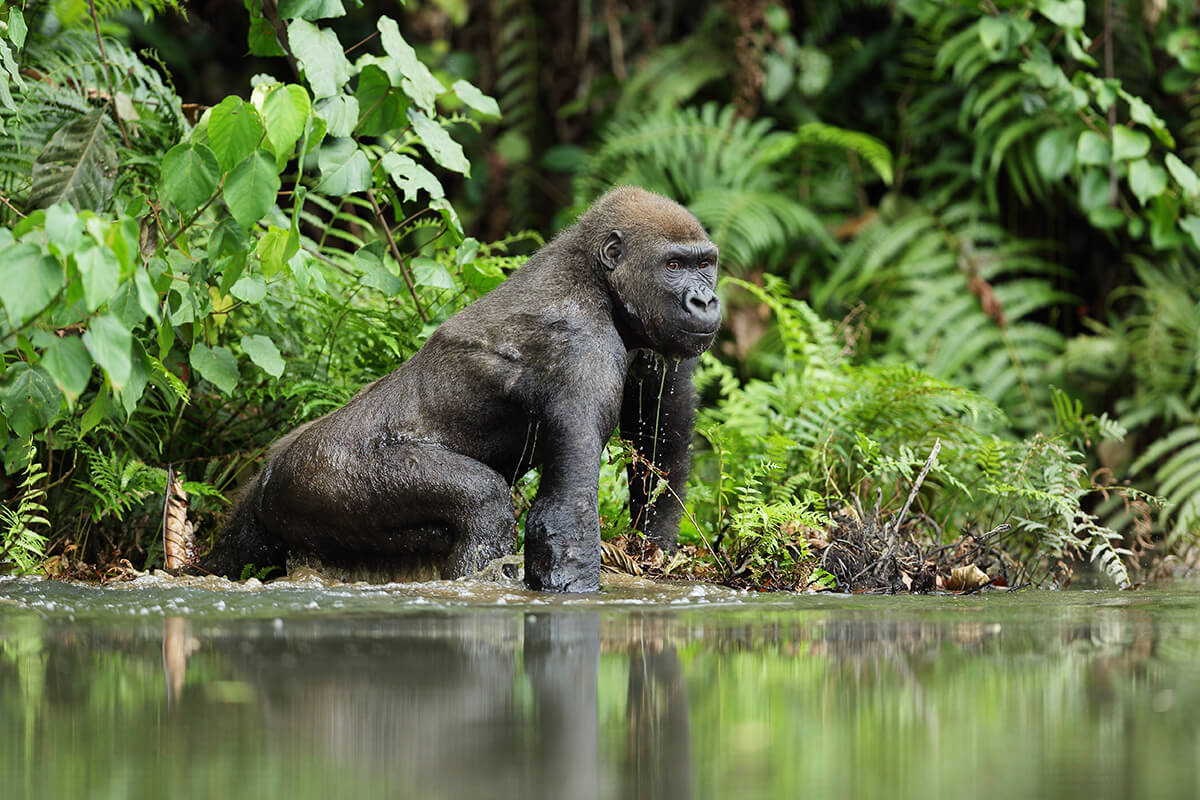
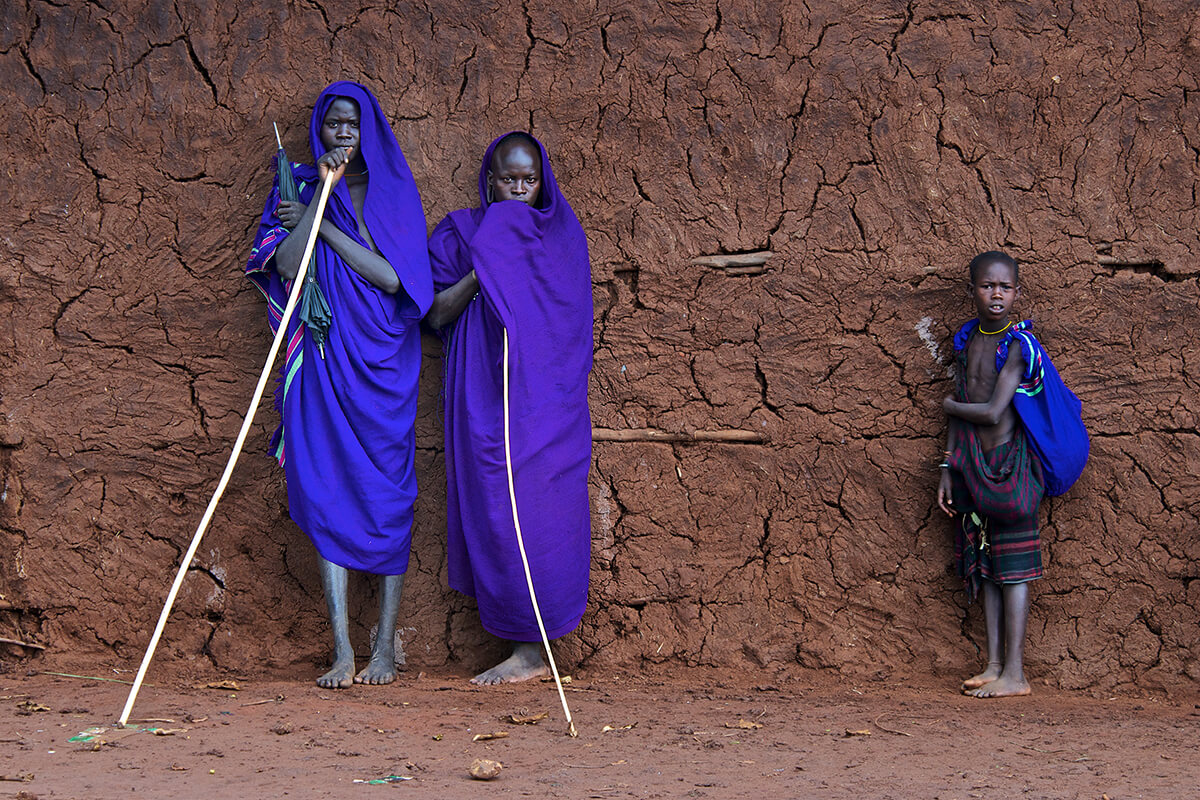






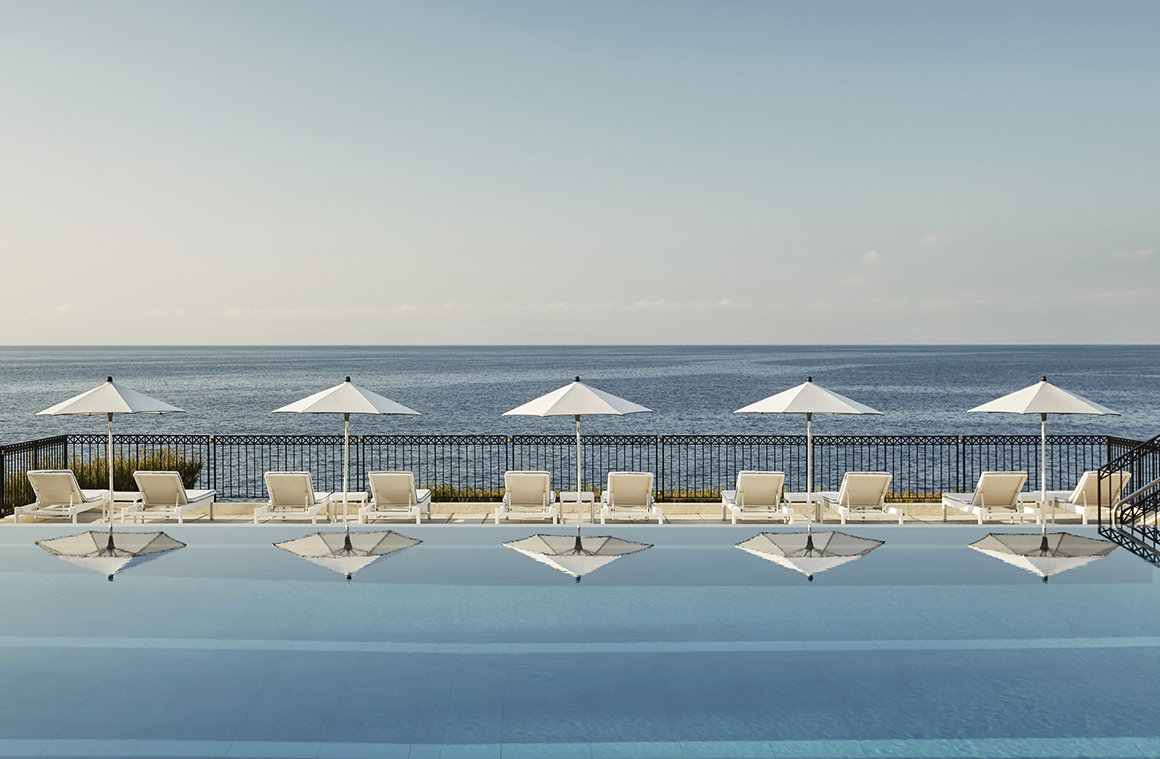
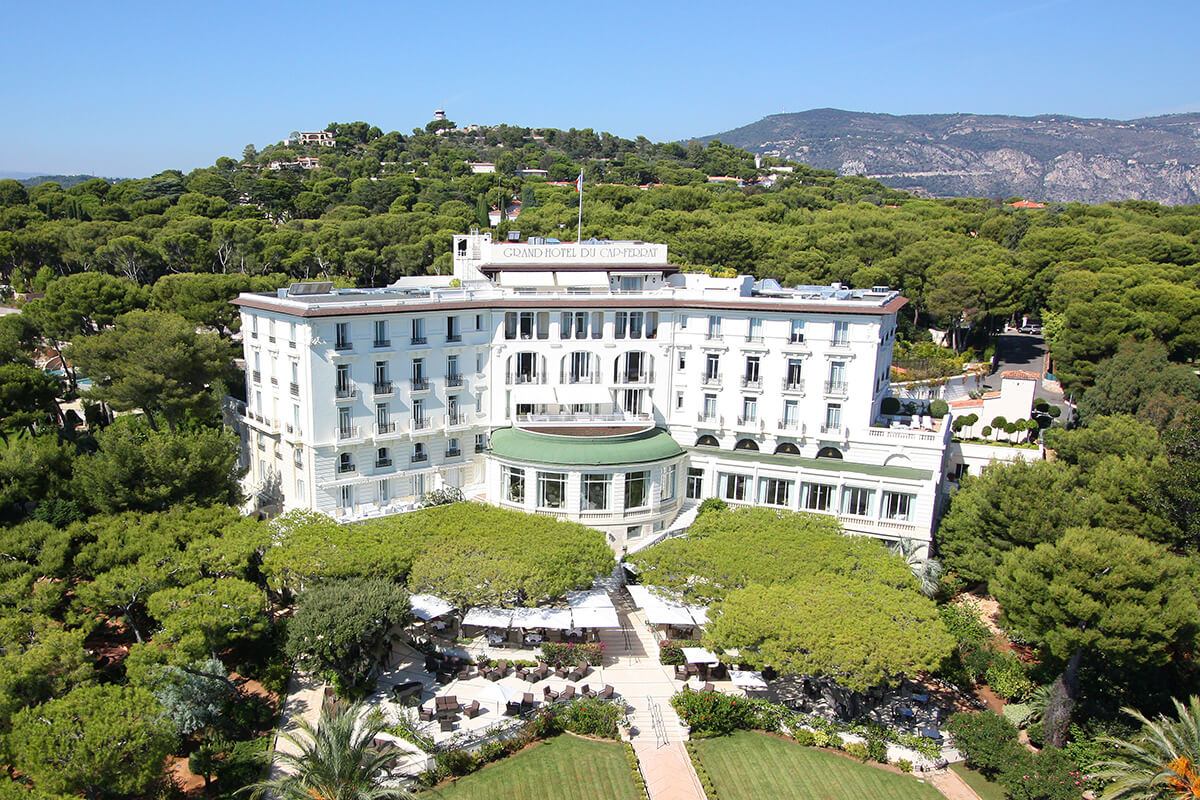



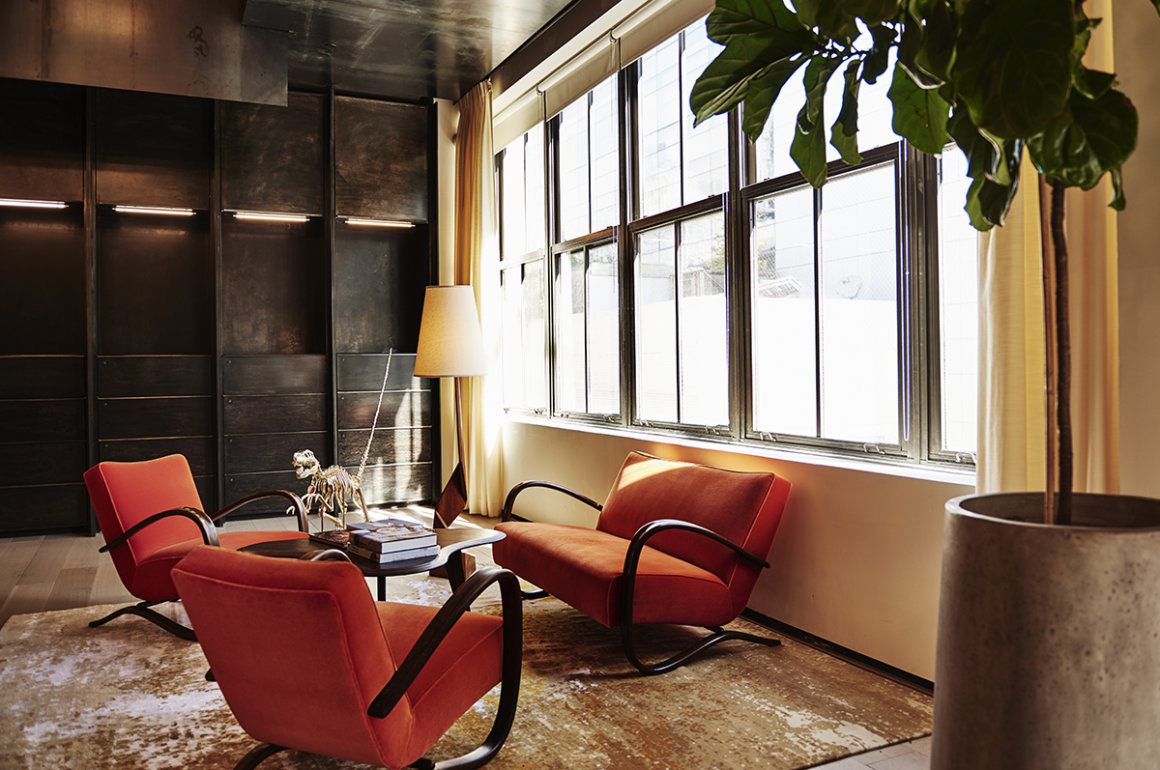








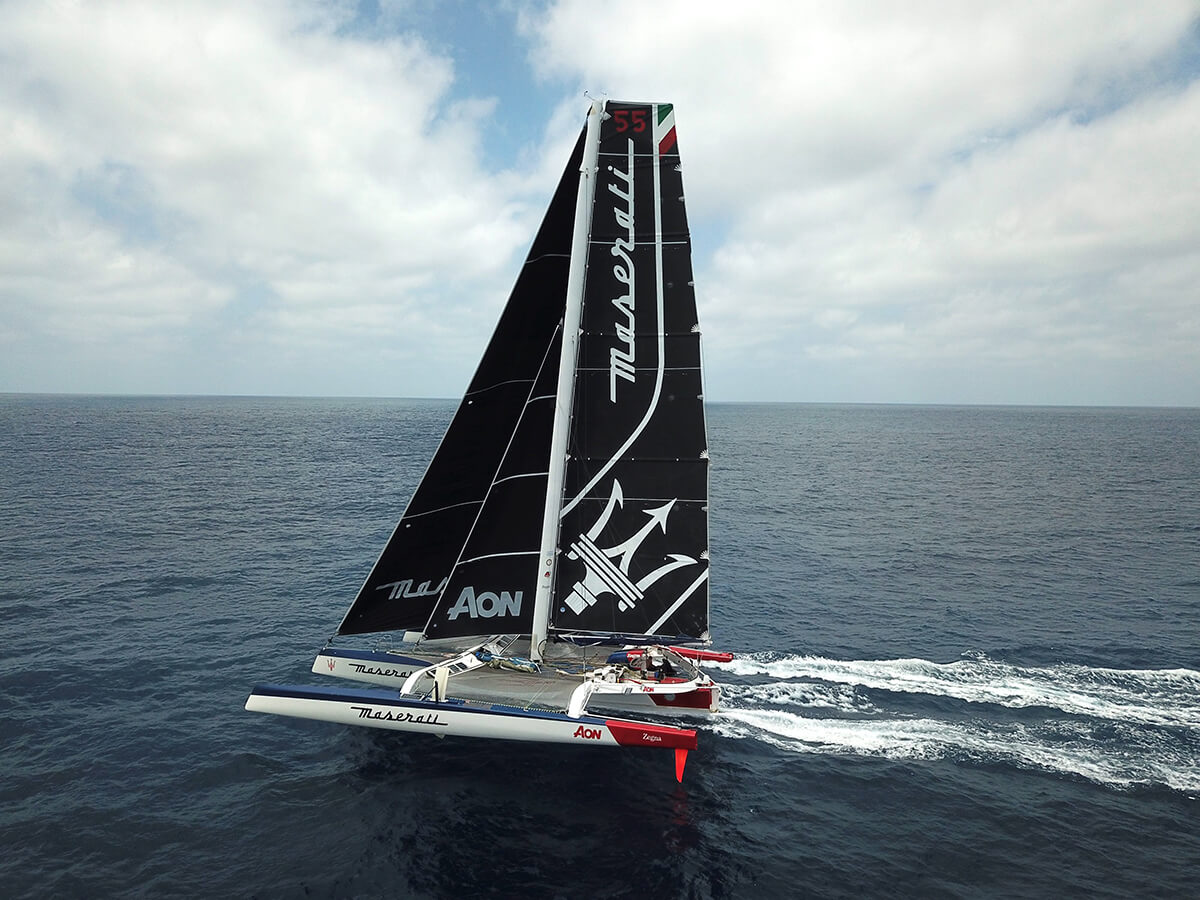
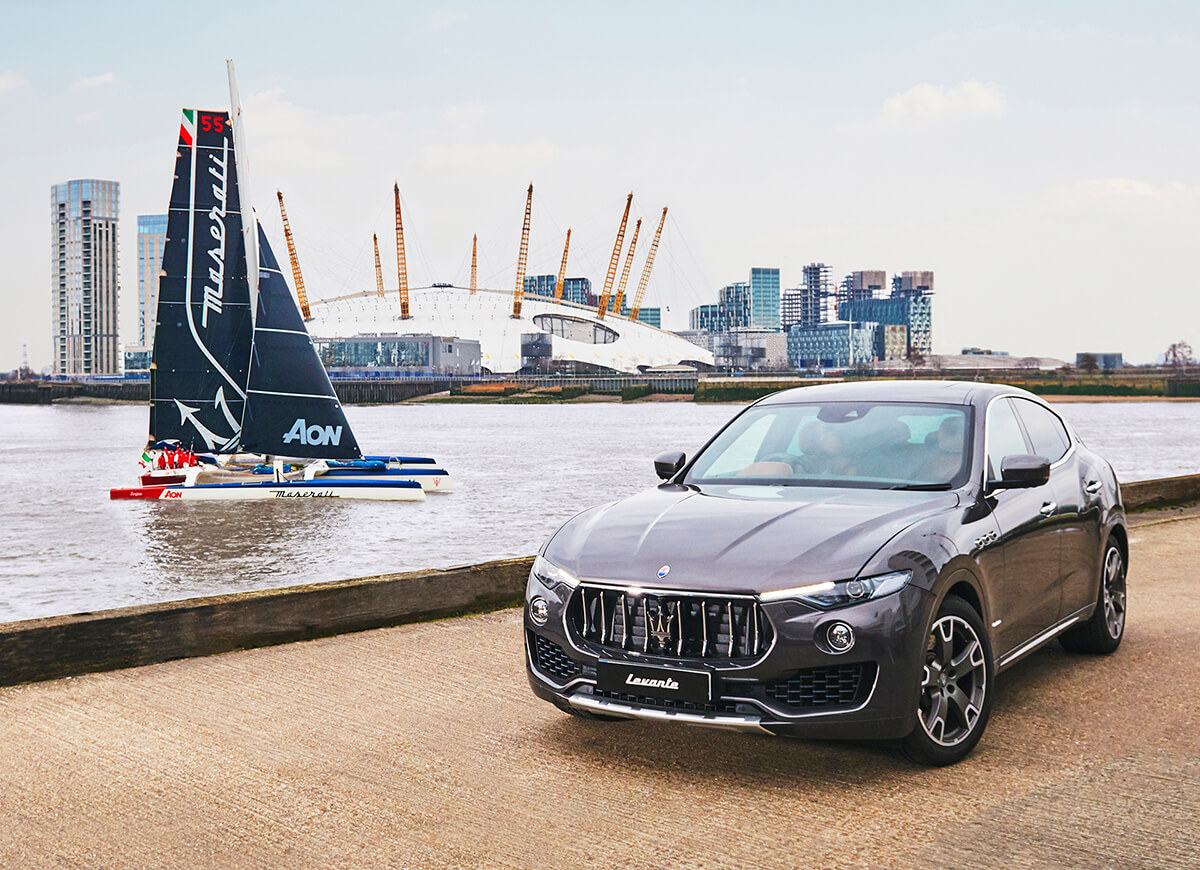

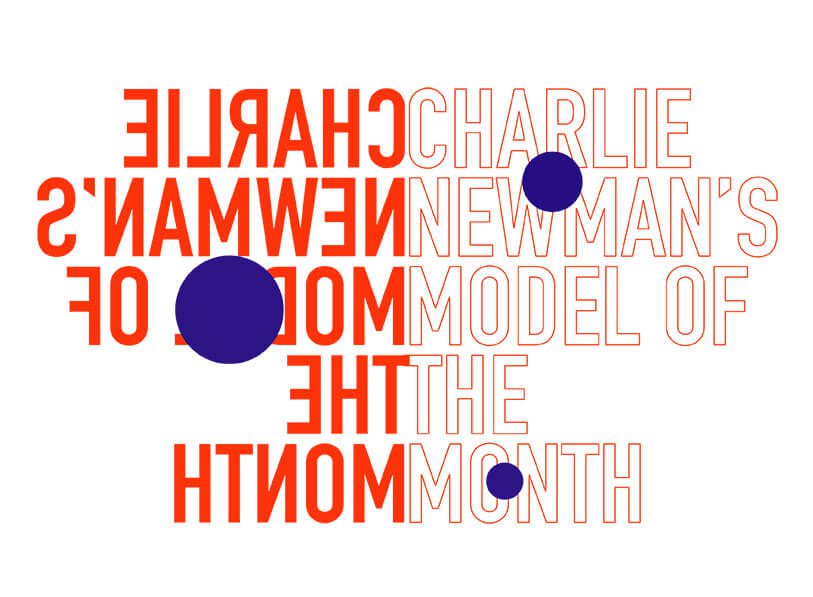




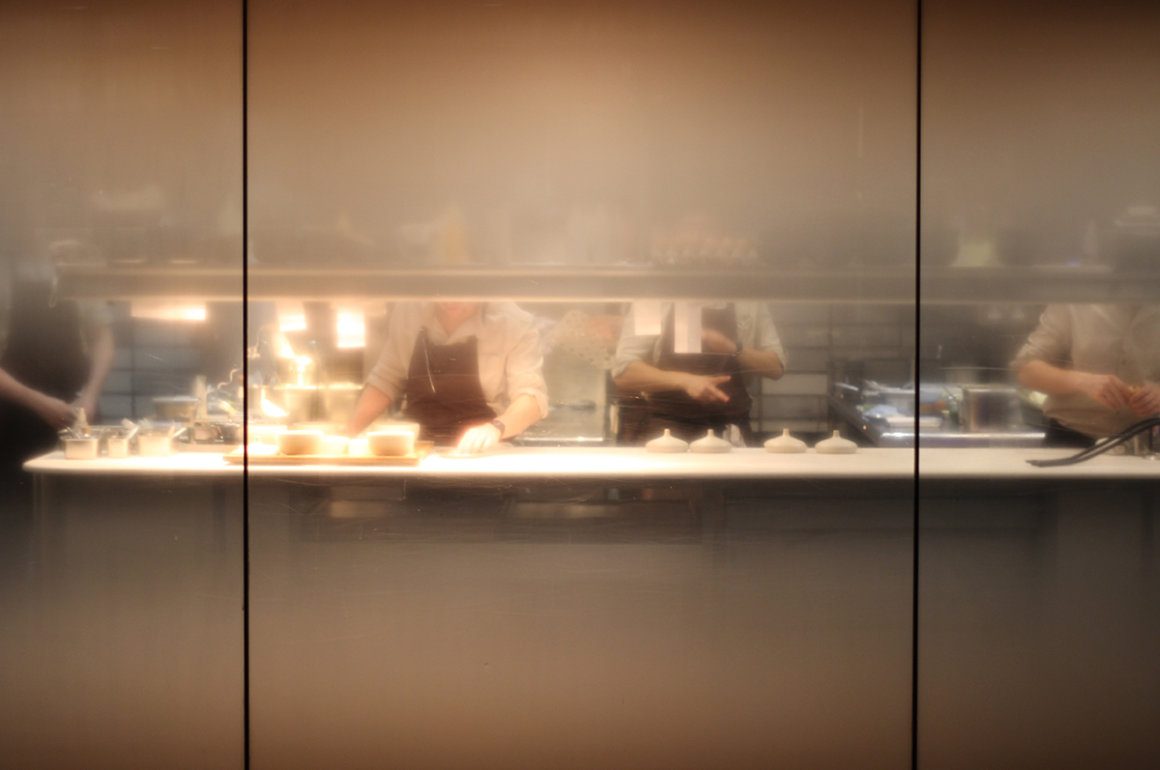


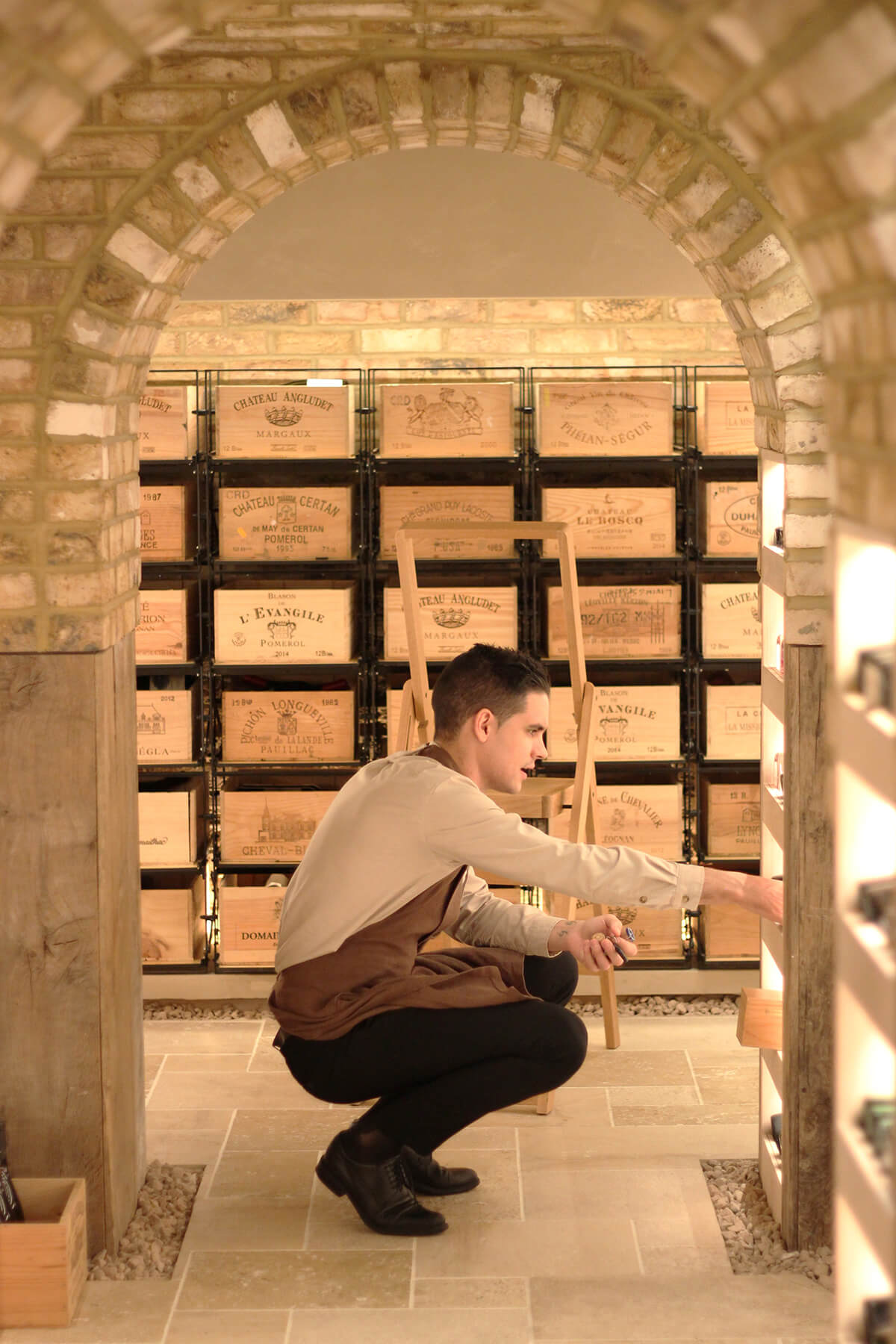










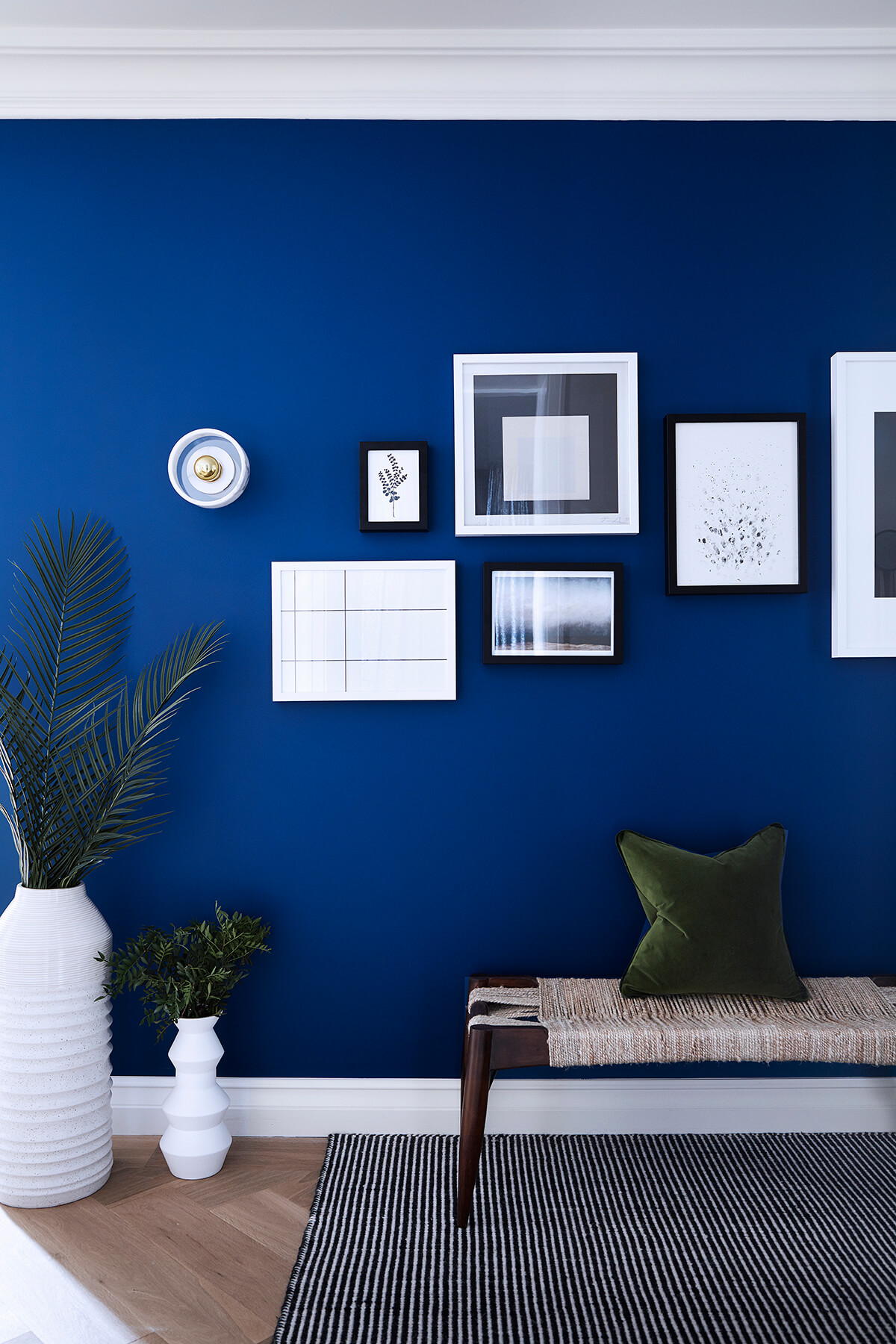














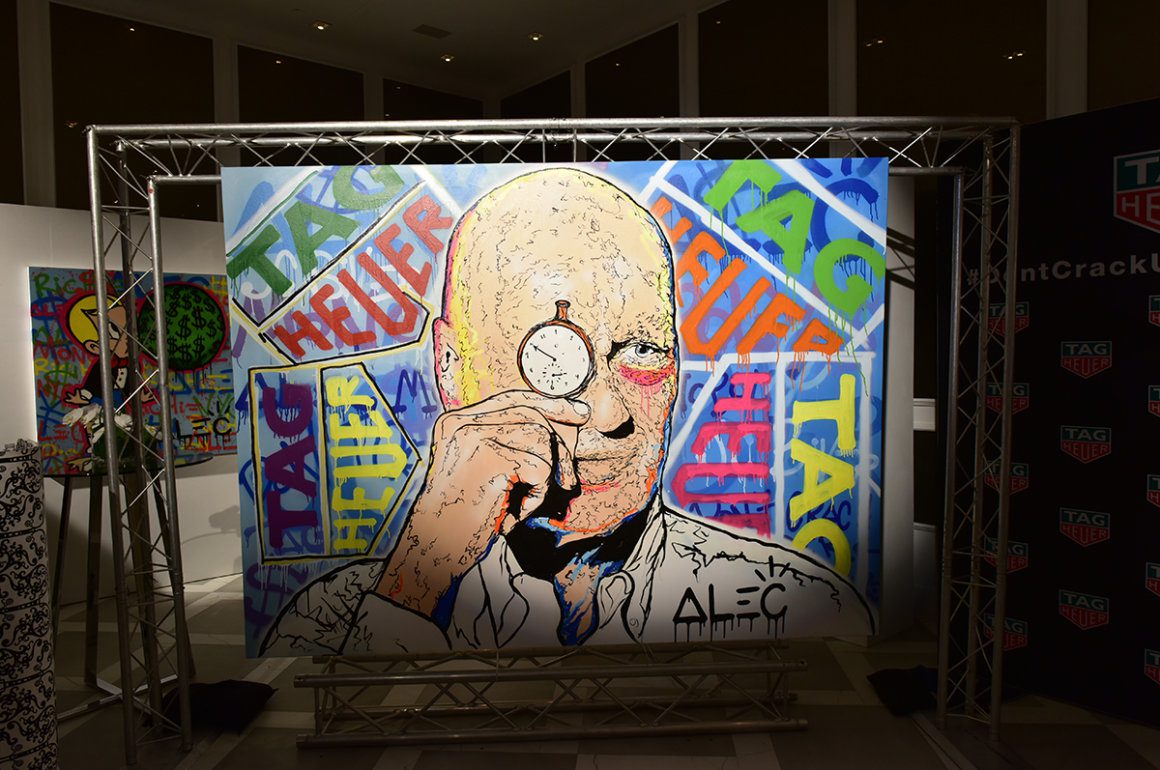
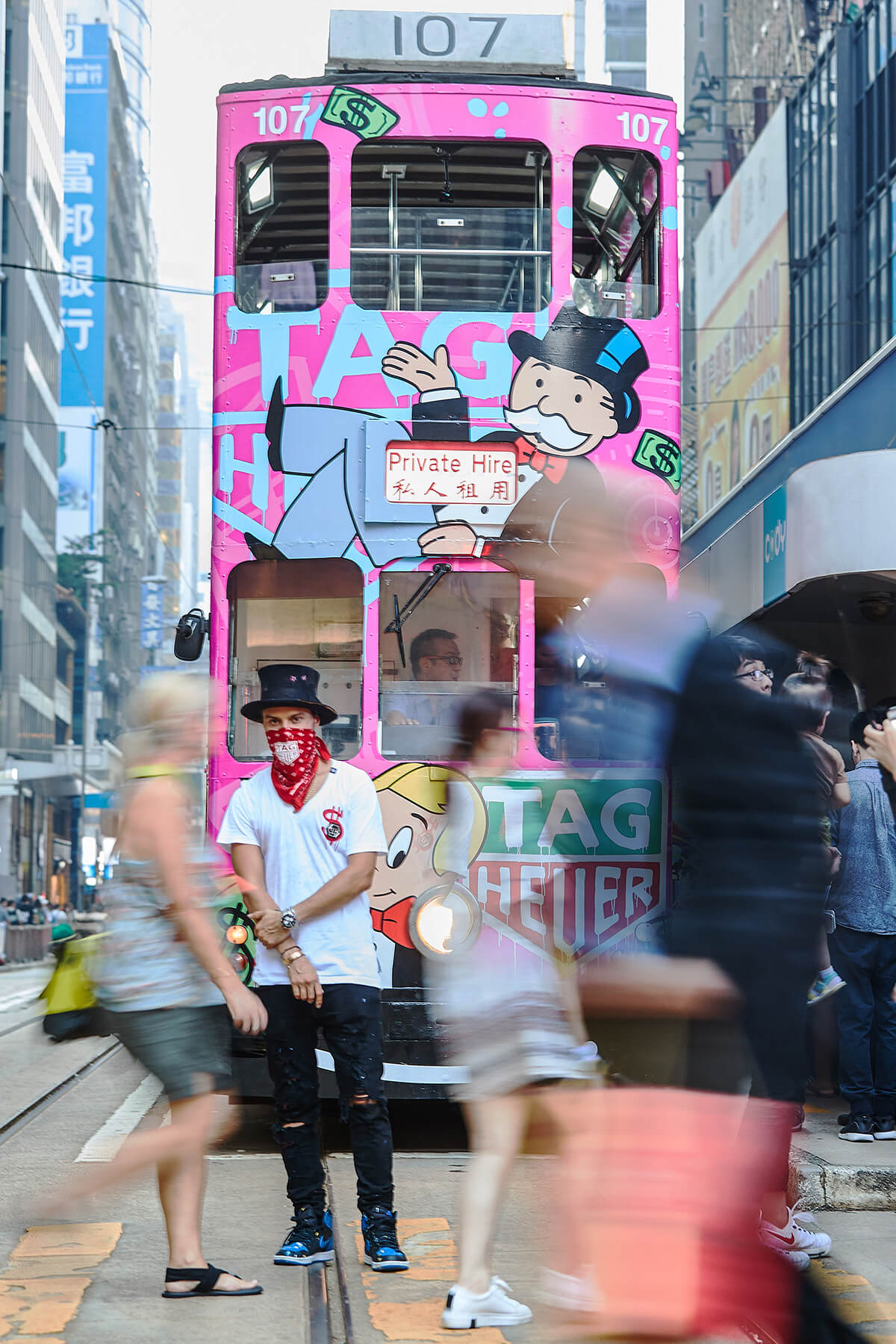

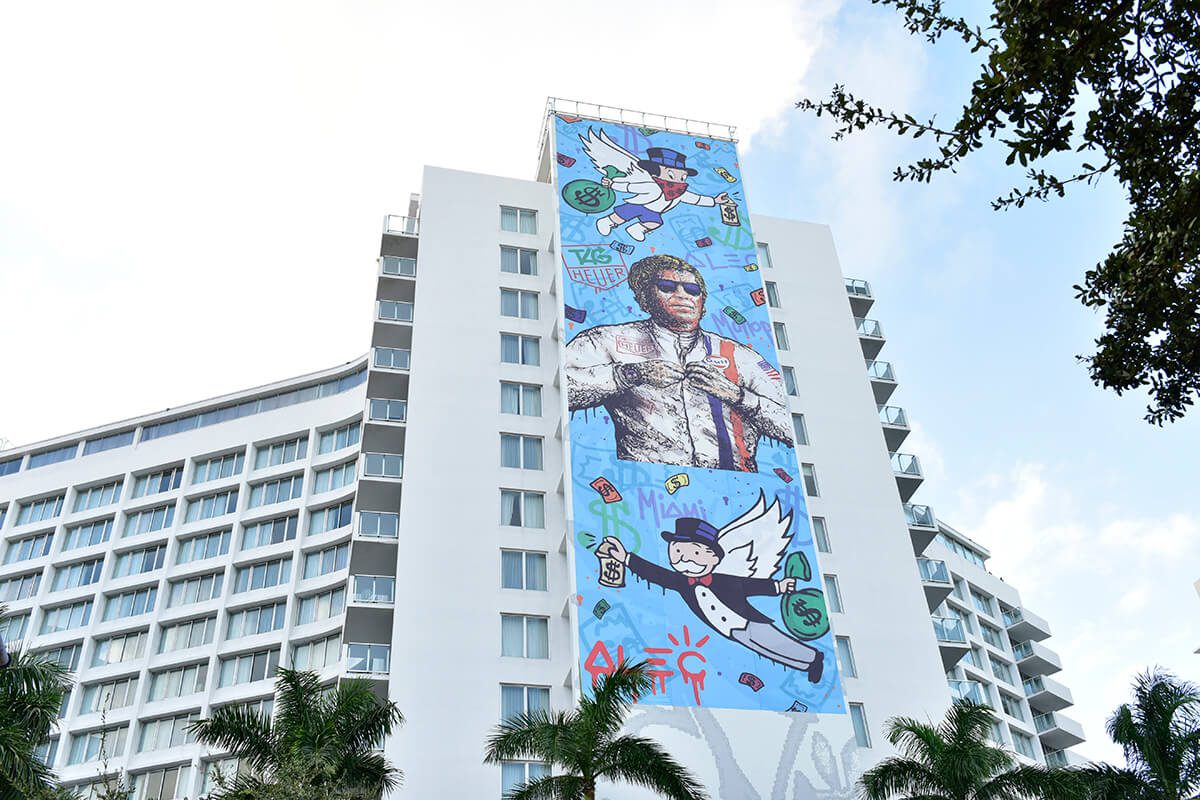





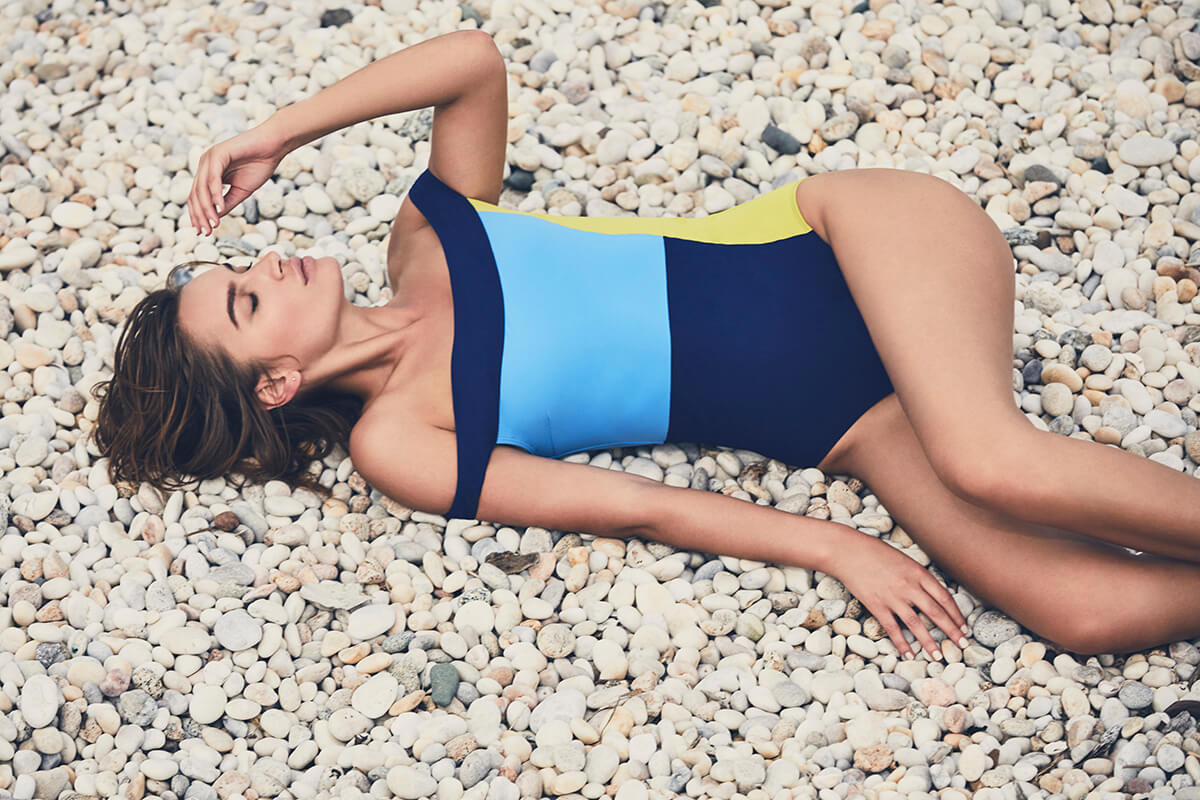





Recent Comments